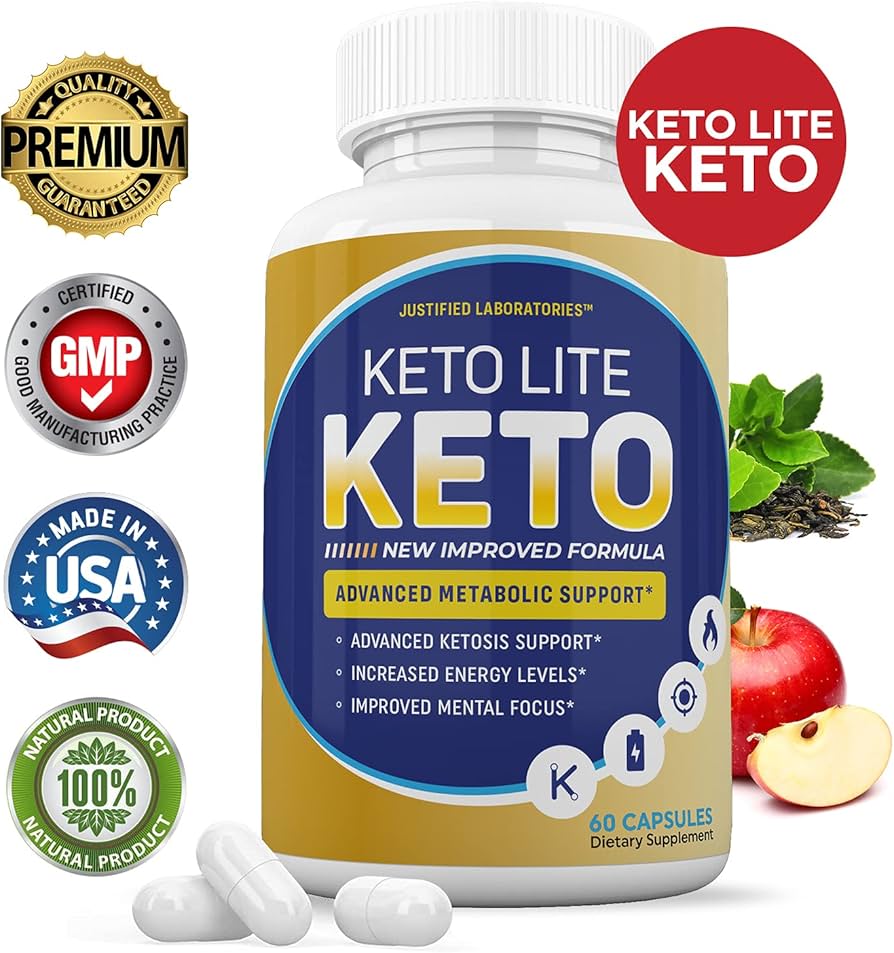
Best 5 Strategies for Achieving 7% Body Fat in 2025
Achieving and maintaining a body fat percentage as low as 7% is a challenging goal that requires a comprehensive approach. With the increasing awareness of health and fitness, many individuals aim for this target for reasons related to aesthetics, performance, and overall health. A low body fat percentage can enhance athletic performance, improve body composition, and reduce the risk of various health-related issues such as obesity and heart disease. This article will outline five effective strategies to help you reach a body fat target of 7% by 2025.
Throughout this guide, we will explore the importance of nutrition and exercise, specifically focusing on resistance training and cardiovascular workouts, the benefits of tracking your progress, and lifestyle changes essential for reducing body fat. We'll also cover the benefits that come with achieving and maintaining low body fat levels.
Optimize Your Nutrition for Fat Loss
Nutrition plays a crucial role in reducing body fat and achieving your fitness goals. To attain a 7% body fat percentage, it's essential to adopt a diet rich in whole foods while managing caloric intake. Here are some effective strategies to follow:
1. Create a Caloric Deficit
Understanding the concept of a caloric deficit is vital for body fat loss. This means consuming fewer calories than your body burns. Utilize a body fat measurement tool to estimate your required calories for maintenance, and aim to consume about 500 calories less to initiate fat loss.
2. Prioritize Protein Intake
Protein is essential not only for muscle preservation but also for boosting metabolism and enhancing satiety. Aim to increase your protein intake by incorporating lean meats, eggs, beans, and legumes into your meals. Research suggests that an intake of 1.6 to 2.2 grams of protein per kilogram of body weight can help in fat loss.
3. Implement Meal Planning Techniques
Meal prep can significantly simplify your diet and help avoid impulse eating. Prepare balanced meals in advance, focusing on protein-rich foods, healthy fats, and low-carb options to foster body fat reduction. This aligns well with the diet for low body fat, ensuring you stick to your nutritional goals.
Engage in Regular High-Intensity Workouts
Your exercise routine greatly impacts your body composition and overall fitness levels. Incorporating high-intensity interval training (HIIT) and resistance training workouts can enhance fat burning significantly. Below are strategies to integrate effective exercises into your routine:
1. Incorporate Resistance Training
Muscle mass vs body fat is a key theme in fat loss efforts. Resistance training helps maintain and increase muscle mass while burning calories. Engage in full-body workouts that encompass major muscle groups at least 3-5 times a week. Compound exercises such as squats, deadlifts, and bench presses are recommended for optimal results.
2. Utilize Cardio Workouts
Cardio exercises are essential for burning calories and enhancing cardiovascular health. Aim for at least 150 minutes of moderate-intensity aerobic activity or 75 minutes of vigorous activity weekly. Activities like cycling, running, or even dance classes can be effective ways to lower body fat.
3. Explore Body Weight Exercises
Body weight exercises are a practical solution if gym access is limited. Push-ups, pull-ups, and planks are excellent for building strength and can be performed anywhere. The best exercises for fat loss often include these forms of training due to their effectiveness and accessibility.
Track Your Progress Meticulously
Accountability plays a pivotal role in achieving your fitness goals. Tracking your body fat percentage, weight, and measurements regularly can help monitor your progress and keep you motivated. Here’s how:
1. Use Body Fat Measurement Tools
Tools such as body fat scales or skinfold calipers can help you understand your body composition better. Regular monitoring can inform you about your fat loss progress, allowing you to adjust your diet and workouts accordingly.
2. Maintain a Food Diary
Keeping a food diary promotes mindful eating practices by encouraging you to record your meals and snacks. This can help you stay accountable to your caloric and nutritional goals, making it easier to pinpoint areas needing improvement.
3. Leverage Fitness Apps
Many fitness tracking applications are designed to assist in monitoring weight loss and body fat reduction. These apps can track workouts and caloric intake effectively, facilitating sustainable behavior change for fat loss. Utilizing these digital tools as part of your fitness assessment will enhance goal achievement.
Incorporate Lifestyle Changes for Better Results
Transforming your lifestyle is a long-term venture. Small, sustainable changes can lead to significant results over time, helping you reach your 7% body fat goal. Here are essential lifestyle modifications:
1. Improve Your Sleep Quality
Sleep and body fat are interconnected; inadequate sleep can disrupt hormonal balance, leading to increased hunger and fat storage. Aim for 7-9 hours of quality sleep each night, as good sleep contributes to better body composition and overall health.
2. Manage Stress Levels
Chronic stress can influence body fat levels by elevating cortisol, a hormone linked to fat retention. Implement stress management techniques such as yoga, meditation, or deep-breathing exercises to mitigate this risk and improve body fat metabolism.
3. Stay Hydrated
The importance of hydration cannot be understated in a fat-loss journey. Drinking adequate amounts of water supports metabolic processes and can help manage appetite. Aim to drink at least eight glasses of water daily, adjusting based on your activity level and climate.
Understand the Benefits of Low Body Fat
Reaching a low body fat percentage comes with numerous benefits that extend beyond aesthetics. Understanding these can further motivate your fitness journey:
1. Enhanced Athletic Performance
Lower body fat levels often lead to improved athletic performance. With less body weight to carry, you'll find activities like running or cycling become easier. Additionally, maintaining muscle mass while reducing fat leads to a better power-to-weight ratio.
2. Improved Health Outcomes
Achieving optimal body fat levels significantly reduces the risk of chronic diseases such as diabetes and heart disease. Low body fat is associated with improved metabolic health, better insulin sensitivity, and lower inflammation levels in the body.
3. Psychological Benefits
The mental health aspect of achieving fitness goals is profound. Lower body fat can enhance self-esteem, boost body image, and increase overall confidence. Additionally, engaging in fitness routines promotes general well-being and satisfaction in other life areas.


Q&A Section: Your Common Questions Answered
1. How long will it take to reach 7% body fat?
Timeframes vary based on individual starting points and adherence to diet and exercise plans. Many find that a steady approach over several months yields the best results without overwhelming changes.
2. What is the healthiest body fat percentage to maintain?
While 7% is targeted for athletic purposes, a healthy body fat range for men is typically 10-15% and for women, 18-25%. Understanding where you fit in this range is key to health and longevity.
3. Should I take supplements for fat loss?
While some supplements may support fat loss, they should not replace fundamental dietary and exercise strategies. Consult with a healthcare professional for guidance on appropriate supplements that align with your overall health goals.
4. How can I prevent muscle loss while reducing body fat?
To preserve muscle during fat loss, prioritize a high-protein diet along with resistance training. This combination will help maintain muscle mass while fat loss occurs, ensuring a better body composition over time.
5. Are cheat meals beneficial for reaching low body fat?
Cheat meals can have psychological benefits by providing a structured way to enjoy favorite foods without derailing your progress. However, moderation is crucial, and planning these meals can help maintain your overall goals.
By implementing these strategies, you’re well on your way to achieving a body fat percentage of 7% by 2025. Stay dedicated, monitor your progress, and remember that the journey towards fitness is as important as the destination.